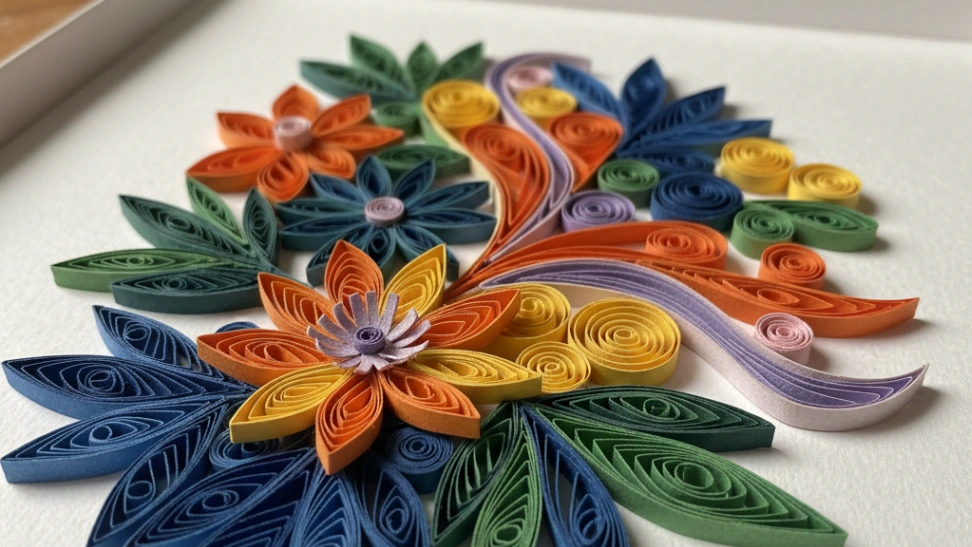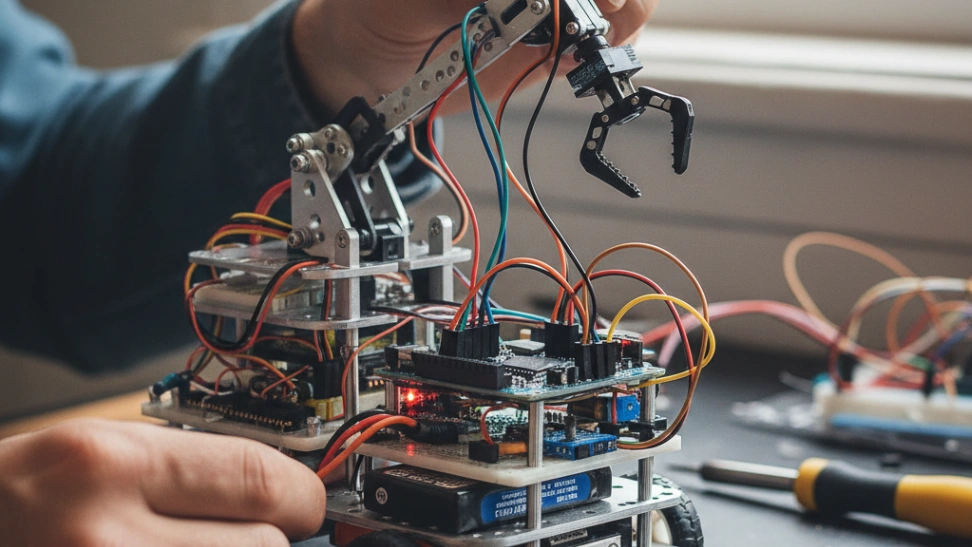Quilling boasts a rich and fascinating history, tracing its origins back to ancient Egypt, though its most prominent resurgence occurred during the Renaissance. Nuns and monks in France and Italy used quilled paper to decorate religious items, imitating the more expensive filigree gold and silver work. They would often use gilded paper remnants trimmed from books. The practice then spread to England, where it became a popular pastime for aristocratic ladies in the 18th century, particularly during the Georgian and Victorian eras. Young women would use a quill (hence the name "quilling") to roll strips of paper around, decorating furniture, tea caddies, and screens. Jane Austen's characters occasionally refer to it, highlighting its prevalence in genteel society. The affordability and availability of paper made it a popular craft, offering a creative outlet that did not require extensive financial outlay, unlike many other fine arts of the period. Its decline in the early 20th century was temporary, as it saw a significant revival in the late 20th and early 21st centuries, driven by renewed interest in handmade crafts and the accessibility of new tools and materials, as well as its popularity on online craft platforms. Modern quilling has expanded beyond traditional designs, embracing contemporary styles and applications, from intricate abstract art to lifelike miniature sculptures and personalized gifts. The enduring appeal of quilling lies in its ability to produce highly detailed and sophisticated artwork from such humble beginnings. The historical context also provides a wonderful depth to the hobby, connecting modern practitioners with centuries of crafters who found joy and purpose in this beautiful art form. Understanding its lineage adds another layer of appreciation for the craft, recognizing it as a continuous thread of human ingenuity and artistic expression across different cultures and periods.
At its core, quilling involves a few basic tools: a slotted quilling tool, paper strips, and glue. The slotted tool is used to tightly coil a strip of paper into a "loose coil." This coil is then released, allowing the paper to expand slightly, and shaped by pinching or indenting its edges to form various shapes, known as "basic quilling shapes" or "elements." Common shapes include the tight coil, loose coil, teardrop, marquise, eye, square, triangle, and half-moon. These individual shapes are then glued together to create larger, more complex designs. The paper itself comes in various widths and colors, with 1/8 inch (3mm) being a common size for beginners. Specialty papers like gilded edge or iridescent strips can add extra sparkle. While the initial coiling technique is straightforward to grasp, mastering the precise tension, consistent sizing, and intricate shaping of coils requires practice and patience. Precision is key in quilling; slight variations in coil tightness or shape can significantly alter the final appearance of a piece. The careful selection of colors and the thoughtful arrangement of shapes are also crucial aspects that elevate a simple design into a true work of art. The textural quality of quilled pieces is particularly appealing, as the rolled paper creates a wonderful sense of dimension and depth that flat illustrations often lack.
Quilling offers immense creative potential, limited only by the artist's imagination. Beginners often start with simple patterns to decorate greeting cards, gift tags, or scrapbook pages. As skills develop, crafters can move on to more elaborate projects such as framed art, jewelry (pendants, earrings), decorative boxes, ornaments, and even three-dimensional sculptures. The art form is also increasingly popular in mixed media art, where quilled elements are combined with painting, drawing, or other paper crafts to add texture and visual interest. The versatility of quilling allows for a wide range of aesthetic styles, from delicate and whimsical floral designs to bold, geometric patterns and abstract compositions. It can be used to create intricate mosaic-like images, detailed portraits, or vibrant landscapes. Many quillers find inspiration in nature, replicating flowers, leaves, and animals with remarkable detail. Others explore abstract art, using the flow and structure of the coiled paper to create dynamic and engaging designs. The process itself is often described as meditative and relaxing, providing a peaceful escape from daily stresses. The satisfaction of transforming simple strips of paper into a beautiful, tangible object is a significant reward for practitioners. Furthermore, quilled items make thoughtful and unique handmade gifts, adding a personal touch that mass-produced items cannot replicate. The intricate details and vibrant colors make them stand out, often becoming cherished keepsakes.
The quilling community is vibrant and global, with enthusiasts sharing their work, tips, and inspiration through online forums, social media groups, and local craft guilds. Platforms like Pinterest, Instagram, and YouTube are treasure troves of quilling ideas, tutorials, and showcases of incredible artistry. Many quillers find immense satisfaction in connecting with fellow crafters, exchanging techniques, and participating in challenges or collaborations. There's a strong emphasis on sharing knowledge and encouraging beginners, making it a welcoming environment for newcomers. Workshops, both in-person and online, are readily available for those looking to learn directly from experienced quillers. The accessibility of materials and the relatively low entry barrier mean that many people can easily try their hand at quilling, fostering continuous growth in its popularity. The ongoing innovation in tools, such as electric quilling pens and specialized crimpers, also keeps the hobby fresh and exciting for long-term practitioners. This continuous evolution, combined with its historical charm and endless creative possibilities, ensures quilling remains a beloved and enduring craft for generations to come, allowing each new artist to contribute to its rich tapestry.



